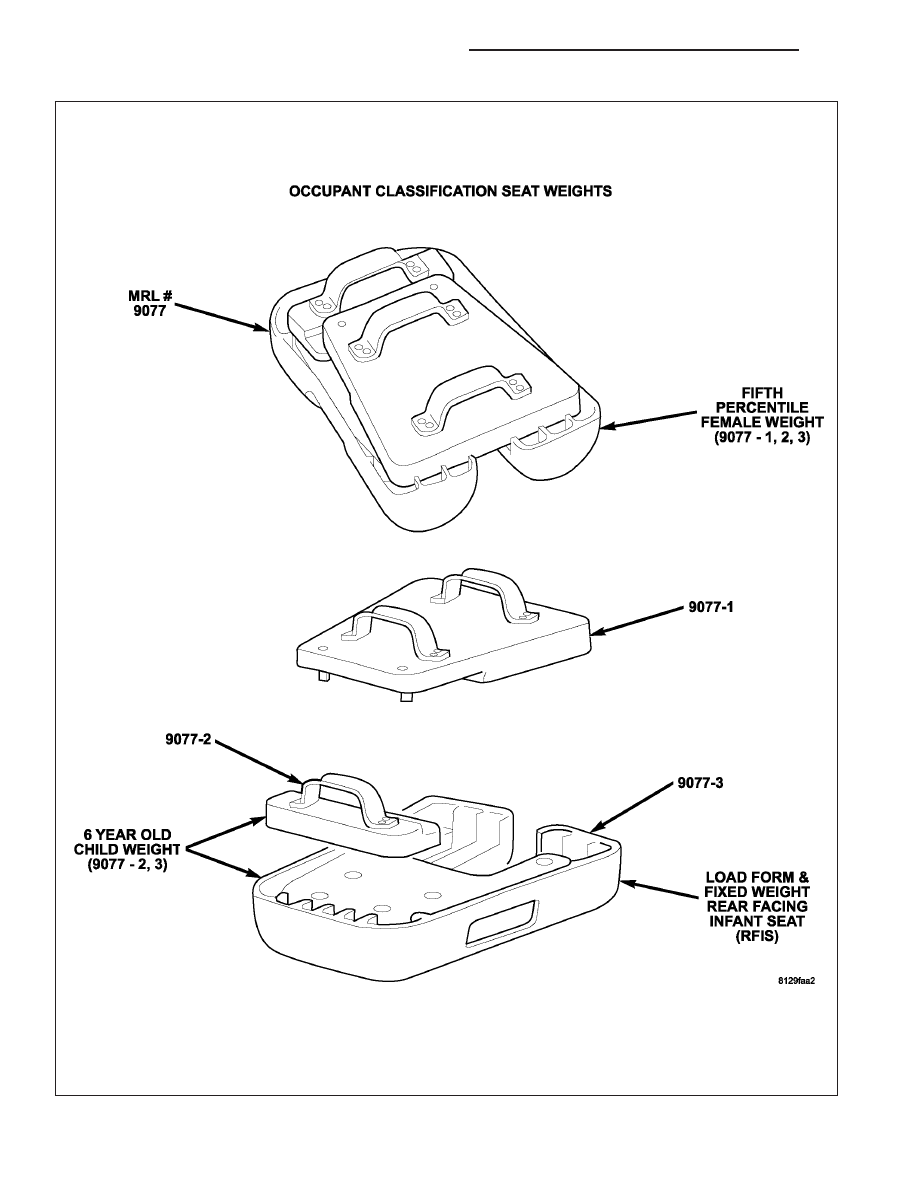Jeep Grand Cherokee WK. Manual - part 621

B1BBC-OCS NEGATIVE SYSTEM WEIGHT
OCS SEAT WEIGHTS MRL #9077
8O - 306
RESTRAINTS - ELECTRICAL DIAGNOSTICS
WK
|
|
|

B1BBC-OCS NEGATIVE SYSTEM WEIGHT OCS SEAT WEIGHTS MRL #9077 8O - 306 RESTRAINTS - ELECTRICAL DIAGNOSTICS WK |